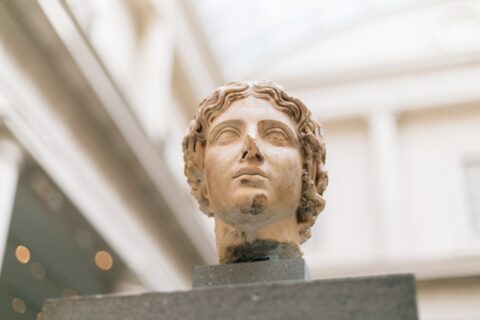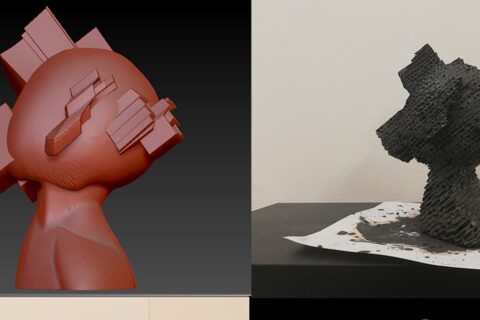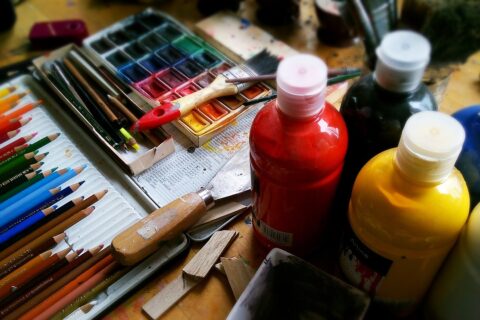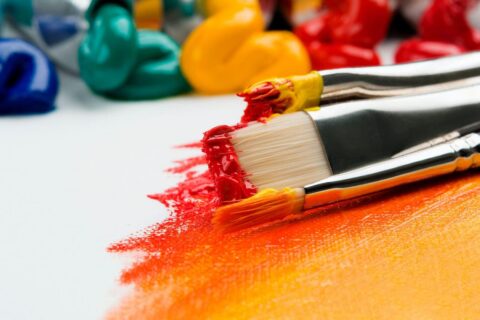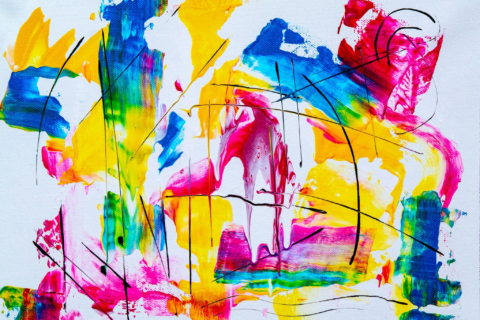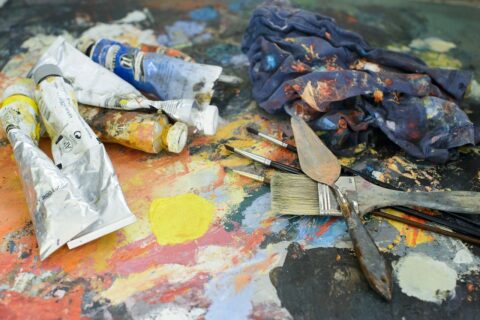
Materials for making sculptures
- Leake Camille
- May 12, 2018
- Sculpture
- No Comments
The important and complex issue of the choice of material for sculpture, the relationship of the material with the content and form, the admissibility of the translation of the same work in different materials. When creating a sculptural work, the master thinks of it in a certain material.
By and large, sculptures can be made of anything. The classic sculpture is marble sculpture. This magnificent material – luxurious in appearance and easy to work with – was used by artists of antiquity and the Renaissance. But times are changing, and in the early twentieth century sculptors began to carve their creations mainly in granite. It is not because the world reserves of marble dried up. Simply this stone cannot stand modern ecology and under influence of environment steadily breaks down. Modern city and park sculptures are most often carved from granite or cast from metal – mostly bronze or other corrosion-resistant alloys. The sculpture is noble and stationary. Artistic casting of sculptures by models in earthen molds. This is the simplest way to get sculpture casts. Sculpture model can be made of any material – plasticine, plaster (the most acceptable and convenient materials), wood, plastic, metal. The sculpture itself can serve as a model, or if necessary to make the same sculpture (to restore its original form), the missing parts of the sculpture to be restored or reconstructed can be built using plasticine.
Materials for making sculpture models:
- Plasticine, plaster, plastic, wood.
- Wax, paraffin, stearin; technical gelatin, carpenter’s glue.
- Polystyrene (foam plastic) – cellular plastic.
In order to obtain several identical wax sculpture models, an elastic mold is used. In order to replicate the wax models for casting identical sculptures or details of art works, for example, cast decorations for an artistic fence, a rubber mold is made. Sculptural works of metal – colored, black or precious as the completion of the entire manufacturing process necessarily need a decorative finish. And it not only improves the appearance of the sculpture, openwork or forged lattice fireplace, embossed relief or artistic castings, but also protects the work created in any technique from the effects of the environment, prolongs their age. There are many recipes for applying the finest protective coatings of different colors with their own technology. The choice of one or another type of decorative finish of a metal sculpture product is dictated by the qualities of the metal itself, as well as the purpose of this or that product.
